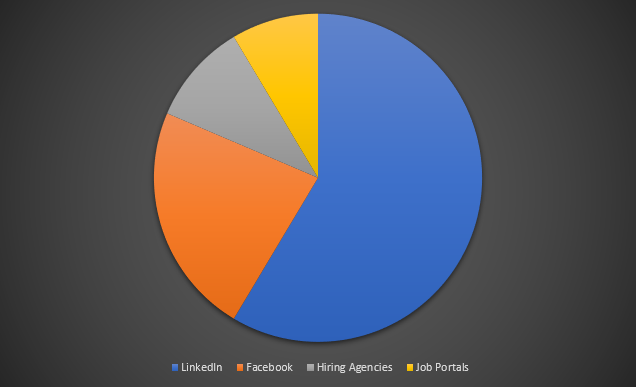5 Recruitment Metrics That You Should Track in 2019
Businesses are always on the lookout for improving efficiency and be more productive. They measure their success regularly through KPIs and metrics for accurate assessment. Hiring is one domain that always has the scope for improvement. By using recruitment metrics in talent acquisition, you can leverage the power of numbers to interpret better results.
Recruitment metrics are gradually becoming an essential part of data-driven hiring. In the coming years, they will be the key to evaluating the effectiveness of your hiring process and onboarding. The proper mix of recruiting metrics will not only identify the gaps in your process but will also tell you where you should invest your time and budget.
What are Recruitment metrics?
Recruitment metrics are the quantifiable measures or parameters that help to track and assess the efficiency of the hiring process. When used correctly, these numbers offer valuable insights into whether the efforts and resources of human resource are going in the right direction.
But what recruitment metrics should you use to measure your efficiency? These are five recruiting metrics you should track for accurate assessment in 2019.
#1 Quality of Hire
Quality of hire is amongst the most important KPIs that measure that the person who has been hired is good or bad for the company. The metric is generally used to indicate the performance of a newly hired employee during a 1-year job period. The low number shows bad hires, and the high number indicates the efficiency of the hiring process.
#2 Source of Hire
Today, recruiters use several online and offline sources such as LinkedIn, Facebook, recruitment websites, and hiring agencies to attract top talent. So, it makes sense to keep an eye on all the sources to identify the effectiveness of each source.

With this metric, you can analyze whether to keep using a particular channel or find new ways for better hiring. It will also help you to analyze the popularity of each source; and which one is actually bringing qualified candidates to your organization.
#3 Cost per Hire
Cost per hire recruitment metric is the indication of the total cost incurred during hiring activities divided by the number of hires. The cost might include recruiter fees (internal or external), marketing on social media, job portal charges, premium service charge on social media, and more.

Analyzing how much money you are spending during the hiring process can be a very effective way to channelize spending.
#4 Offer Acceptance Ratio
The offer acceptance rate compares the number of applicants who accepted the job offer with the total number of candidates who received the offer. If the ratio is low, that means you need to offer more benefits to applicants in terms of remuneration, better environment, and working opportunities.

#5 Time to Hire
Time to hire or time to accept is the recruiting metric that indicates the time taken by individuals to accept the job from the moment he has been approached. In other words, it is time taken by candidates to move through your recruitment funnel. It is a reliable indication of the performance of the hiring team.
Looking forward
Data and analytics tools are rapidly evolving. Technology and innovation are changing the way of how we used to conduct the hiring process in the organization. To bring out the best from your resources, you can use these metrics to assess your efficiency. These recruitment metrics are a great source of insights that help to hire top talent and yield better results.
Follow our Facebook community for all the latest updates about talent acquisition.
